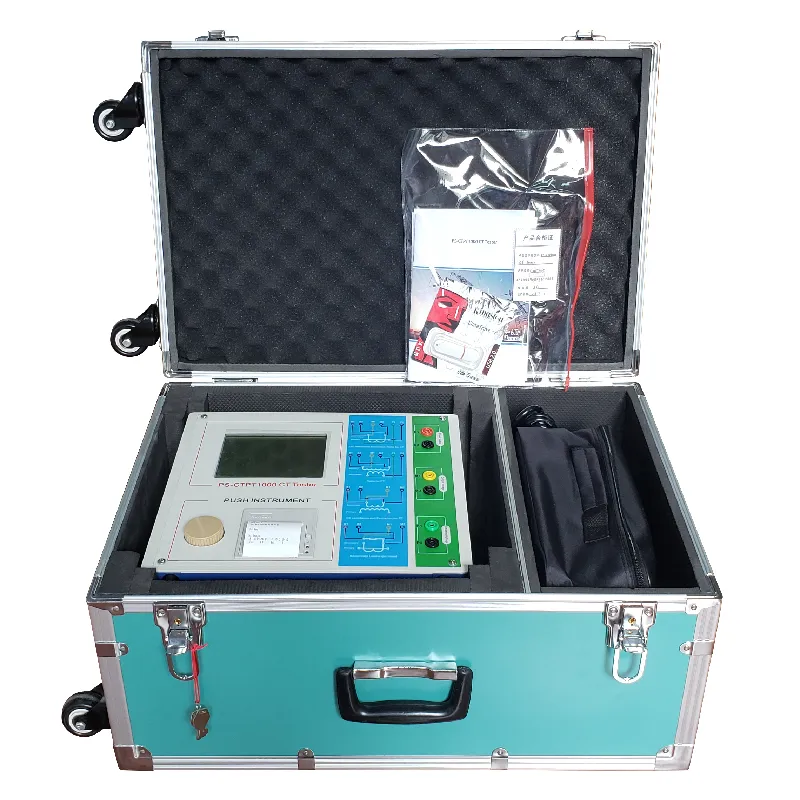 English
English



-
 Afrikaans
Afrikaans -
 Albanian
Albanian -
 Amharic
Amharic -
 Arabic
Arabic -
 Armenian
Armenian -
 Azerbaijani
Azerbaijani -
 Basque
Basque -
 Belarusian
Belarusian -
 Bengali
Bengali -
 Bosnian
Bosnian -
 Bulgarian
Bulgarian -
 Catalan
Catalan -
 Cebuano
Cebuano -
 China
China -
 China (Taiwan)
China (Taiwan) -
 Corsican
Corsican -
 Croatian
Croatian -
 Czech
Czech -
 Danish
Danish -
 Dutch
Dutch -
 English
English -
 Esperanto
Esperanto -
 Estonian
Estonian -
 Finnish
Finnish -
 French
French -
 Frisian
Frisian -
 Galician
Galician -
 Georgian
Georgian -
 German
German -
 Greek
Greek -
 Gujarati
Gujarati -
 Haitian Creole
Haitian Creole -
 hausa
hausa -
 hawaiian
hawaiian -
 Hebrew
Hebrew -
 Hindi
Hindi -
 Miao
Miao -
 Hungarian
Hungarian -
 Icelandic
Icelandic -
 igbo
igbo -
 Indonesian
Indonesian -
 irish
irish -
 Italian
Italian -
 Japanese
Japanese -
 Javanese
Javanese -
 Kannada
Kannada -
 kazakh
kazakh -
 Khmer
Khmer -
 Rwandese
Rwandese -
 Korean
Korean -
 Kurdish
Kurdish -
 Kyrgyz
Kyrgyz -
 Lao
Lao -
 Latin
Latin -
 Latvian
Latvian -
 Lithuanian
Lithuanian -
 Luxembourgish
Luxembourgish -
 Macedonian
Macedonian -
 Malgashi
Malgashi -
 Malay
Malay -
 Malayalam
Malayalam -
 Maltese
Maltese -
 Maori
Maori -
 Marathi
Marathi -
 Mongolian
Mongolian -
 Myanmar
Myanmar -
 Nepali
Nepali -
 Norwegian
Norwegian -
 Norwegian
Norwegian -
 Occitan
Occitan -
 Pashto
Pashto -
 Persian
Persian -
 Polish
Polish -
 Portuguese
Portuguese -
 Punjabi
Punjabi -
 Romanian
Romanian -
 Russian
Russian -
 Samoan
Samoan -
 Scottish Gaelic
Scottish Gaelic -
 Serbian
Serbian -
 Sesotho
Sesotho -
 Shona
Shona -
 Sindhi
Sindhi -
 Sinhala
Sinhala -
 Slovak
Slovak -
 Slovenian
Slovenian -
 Somali
Somali -
 Spanish
Spanish -
 Sundanese
Sundanese -
 Swahili
Swahili -
 Swedish
Swedish -
 Tagalog
Tagalog -
 Tajik
Tajik -
 Tamil
Tamil -
 Tatar
Tatar -
 Telugu
Telugu -
 Thai
Thai -
 Turkish
Turkish -
 Turkmen
Turkmen -
 Ukrainian
Ukrainian -
 Urdu
Urdu -
 Uighur
Uighur -
 Uzbek
Uzbek -
 Vietnamese
Vietnamese -
 Welsh
Welsh -
 Bantu
Bantu -
 Yiddish
Yiddish -
 Yoruba
Yoruba -
 Zulu
Zulu
transformer resistance test
Understanding Transformer Resistance Testing
Transformer resistance testing is an essential procedure for verifying the integrity and performance of transformers in electrical systems. This test evaluates the winding resistance of the transformer, which is crucial for ensuring its operational efficiency and reliability. By assessing the resistance values, engineers can diagnose potential issues such as short circuits, loose connections, or winding faults that could lead to transformer failure or inefficient operation.
Importance of Transformer Resistance Testing
Transformers are pivotal components in power systems, responsible for stepping up or stepping down voltage levels as energy is transmitted. With millions of dollars invested in transformer installations and maintenance, ensuring their optimal performance is critical. Resistance testing serves several purposes
1. Fault Detection High resistance values may indicate defective windings or poor connections, while low resistance could point to short circuits within the windings.
2. Health Monitoring By periodically performing resistance tests, maintenance teams can monitor the condition of the transformer over time, allowing for proactive maintenance measures.
3. Safety Assurance A well-functioning transformer mitigates the risks of electrical failures that could lead to equipment damage, outages, or accidents.
4. Compliance with Standards Many regulatory bodies require routine testing as part of their guidelines. Resistance testing helps ensure compliance with these standards.
Methodology of Resistance Testing
The resistance of transformer windings is typically measured using a micro-ohmmeter or a resistance bridge. The testing process generally involves the following steps
1. Preparation Ensure that the transformer is de-energized and properly isolated from the power source. Safety precautions, such as grounding and lockout/tagout procedures, must be followed.
transformer resistance test

2. Connections Connect the testing equipment to the transformer terminals. It’s essential to know whether you are testing the primary or secondary windings, as this will influence the expected resistance values.
3. Testing Procedure Activate the testing equipment to measure the resistance. The process may involve passing a known current through the windings and measuring the voltage drop to calculate resistance using Ohm’s law.
4. Data Analysis Once measurements are obtained, they should be compared against standards and historical data for the transformer. Deviations from expected resistance values can help in identifying underlying issues.
5. Documentation Record the test results meticulously for future reference, maintenance planning, or audits. Keeping a log of resistance values over time can help identify trends that may indicate deterioration.
Interpreting Test Results
Interpreting the results from resistance testing requires an understanding of the normal operating parameters for the specific transformer. Typically, the resistance values should be relatively stable, with minor fluctuations. However, significant changes warrant further investigation. Some factors affecting resistance values include
- Temperature Resistance readings can vary with temperature changes. It is essential to normalize readings to a standard temperature, usually 20°C (68°F), to allow for accurate comparisons.
- Humidity and Contaminants Environmental conditions such as moisture and dust can affect readings. Proper maintenance and environmental controls can mitigate these effects.
- Wear and Tear Aging transformers may show increased resistance due to winding insulation breakdown or corrosion, signaling the need for repairs or replacement.
Conclusion
Transformer resistance testing is a fundamental practice in the maintenance and management of electrical systems. By regularly assessing the winding resistance, utility companies and industries can ensure that their transformers operate efficiently, safely, and reliably. Incorporating this testing into a regular maintenance schedule not only prolongs the life of transformers but also prevents costly downtime and enhances overall system performance. As technology advances, incorporating automated and more accurate testing solutions will further enrich the reliability and effectiveness of this critical practice.
-
Ensuring Transformer Reliability with High-Precision Turns Ratio TestingNewsJul.18,2025
-
Ensuring SF₆ Gas Safety: Introducing PUSH’s Integrated SF₆ Analyzer for Dew Point, Purity, and Decomposition MonitoringNewsJul.10,2025
-
Exploring the Main Types of Industrial Endoscopes and Their Applications Across IndustriesNewsJul.04,2025
-
Testing Equipment Industry Sees Major Advancements in 2025: Smart & Precision Technologies Lead the WayNewsJun.06,2025
-
Applications of Direct Current Generators in Renewable Energy SystemsNewsJun.05,2025
-
Hipot Tester Calibration and Accuracy GuidelinesNewsJun.05,2025



